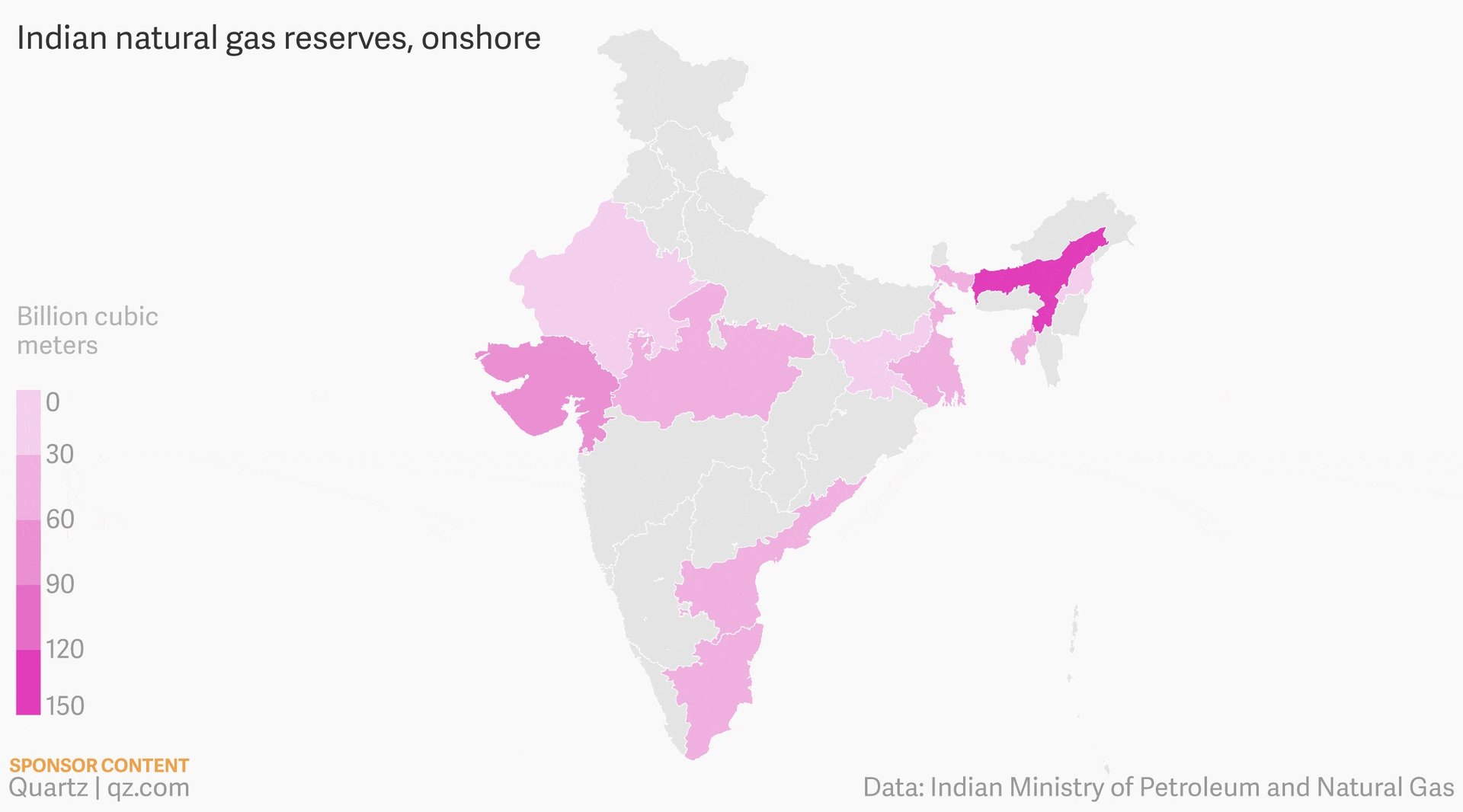Reducing India’s dependence on foreign oil and gas
This article is part of an ongoing BULLETIN series exploring GE’s innovation, technology, and manufacturing initiatives in India.


This article is part of an ongoing BULLETIN series exploring GE’s innovation, technology, and manufacturing initiatives in India.
The new Indian government has promised to put the economy back on an accelerated growth path with reforms in the energy, financial, and employment sectors. Energy is the backbone of the Indian economy, so the right energy policies will spur growth in all other sectors. Already the world’s fourth largest energy consumer, there is an urgent need to get the policy right: current demand for imported coal, oil, and natural gas is significantly outpacing domestic production, and the country is being forced to spend valuable foreign capital to procure additional energy resources. Investing in domestic oil and natural gas exploration is a long-term solution that will help quench India’s growing energy demands, smartly.
To understand India’s energy landscape–and the increasing importance of domestic energy production–consider the following facts:
Coal: From 9.5% of overall coal consumption in 2005, imports made up 29.5% of coal consumed in 2013, with the imported resources costing twice as much as those produced domestically.
Natural Gas: India’s demand for natural gas is expected to rise 10% this fiscal year as local production flags (though there are ambitious expansion plans) and imports approach nearly a third of total consumption.
Oil: In 2005 India imported 76.5% of the 130 million metric tons of oil it consumed. Recent trends don’t suggest more self-sufficiency; it imported 85% of its 223 MMT of consumed oil in 2013. As lower oil prices create a budget windfall, India still faces annual import bills in the $100 billion ranges, not to mention incentives for increased oil dependency as prices fall—for now.
Furthermore, since oil and natural gas also play a critical role in deciding the inflation rate, the rising prices for these energy commodities have long been a point of contention in Indian politics.
India does not have to remain this dependent on foreign energy commodities. An estimated 75% of India’s sedimentary basins have yet to be adequately explored. Of the 26 known sedimentary basins in the country, only seven are currently producing oil and gas.

Since 1950, roughly 69 trillion cubic feet of proven and probable recoverable gas reserves have been discovered in India. However, only 42 trillion cubic feet have been developed and are currently under production. That leaves 18 trillion cubic feet of reserves yet to be produced and 27 trillion cubic feet of reserves yet to be developed. According to an analysis of 12 basins across India, approximately 64 trillion cubic feet of risked recoverable resources are yet to be found. Thus, India holds at least 91 trillion cubic feet of recoverable gas reserves.
On top of conventional gas reserves, India also holds an estimated 63 trillion cubic feet of recoverable shale gas. While these reserves are considered to be a secondary energy option, Indian agencies are encouraging exploration, and leading companies, such as ONGC and OIL, have implemented pilot projects to assess the shale opportunity.
India’s energy future remains hidden in unexplored, difficult-to-access basins across the country. Technological advancements make exploration and discovery of these reserves possible, though recent issues such as fuel-stranded power plants highlight logistical and infrastructure challenges.
With further incentive from India to take on these exploratory and expansion projects, there is an incredible opportunity to narrow India’s energy imbalance and reinvest the nearly $306,000,000 spent daily on foreign energy sources. GE is supporting these efforts through a commitment to oil and gas innovation and the introduction of technologies that reduce dependence on foreign energy.
Click here
to answer a few questions about energy innovation in India.
This article was produced on behalf of GE by the Quartz Marketing team and not by the Quartz editorial staff.